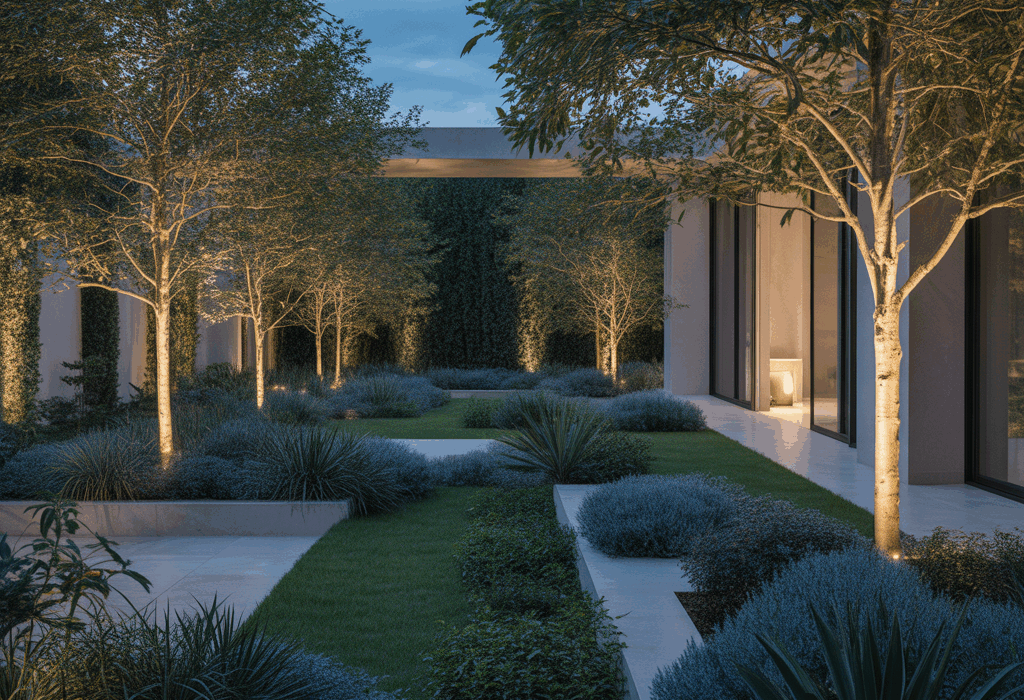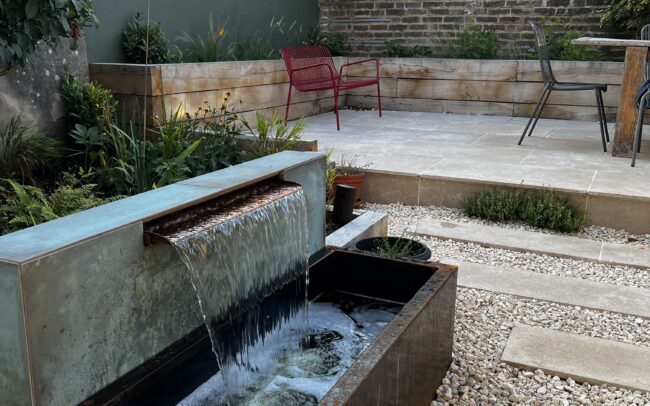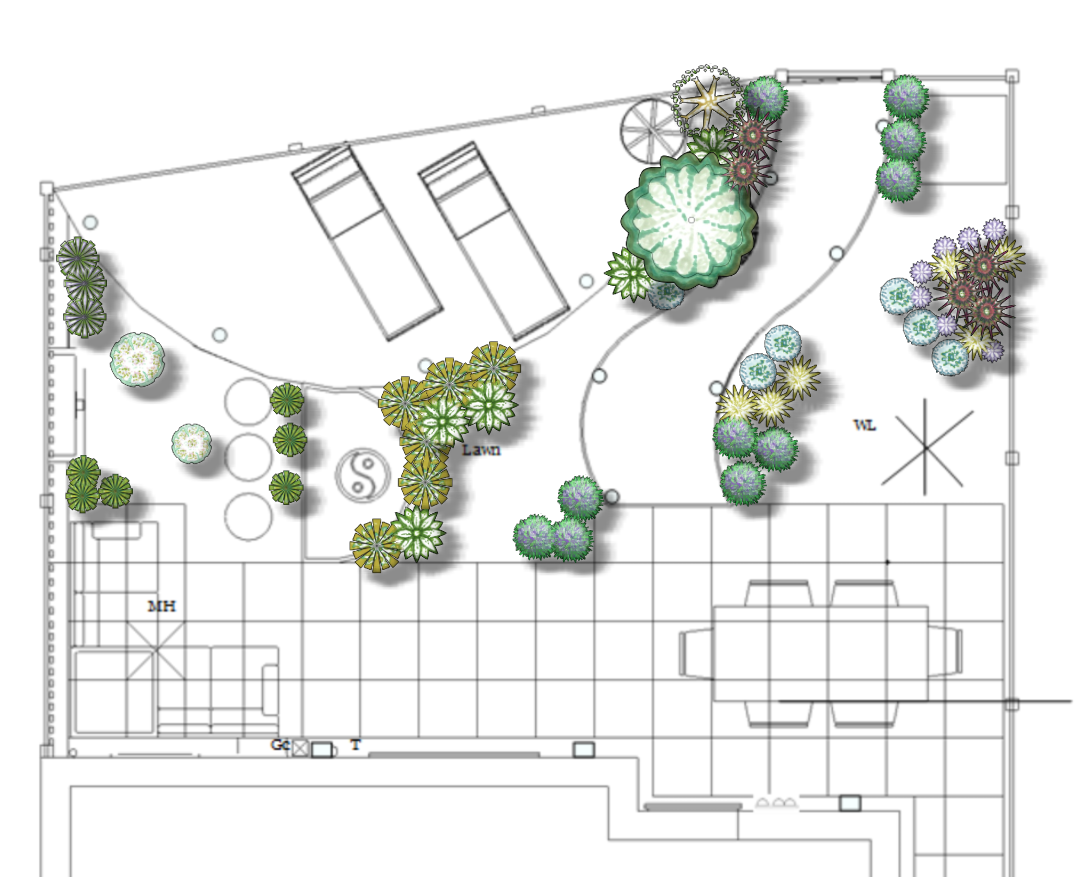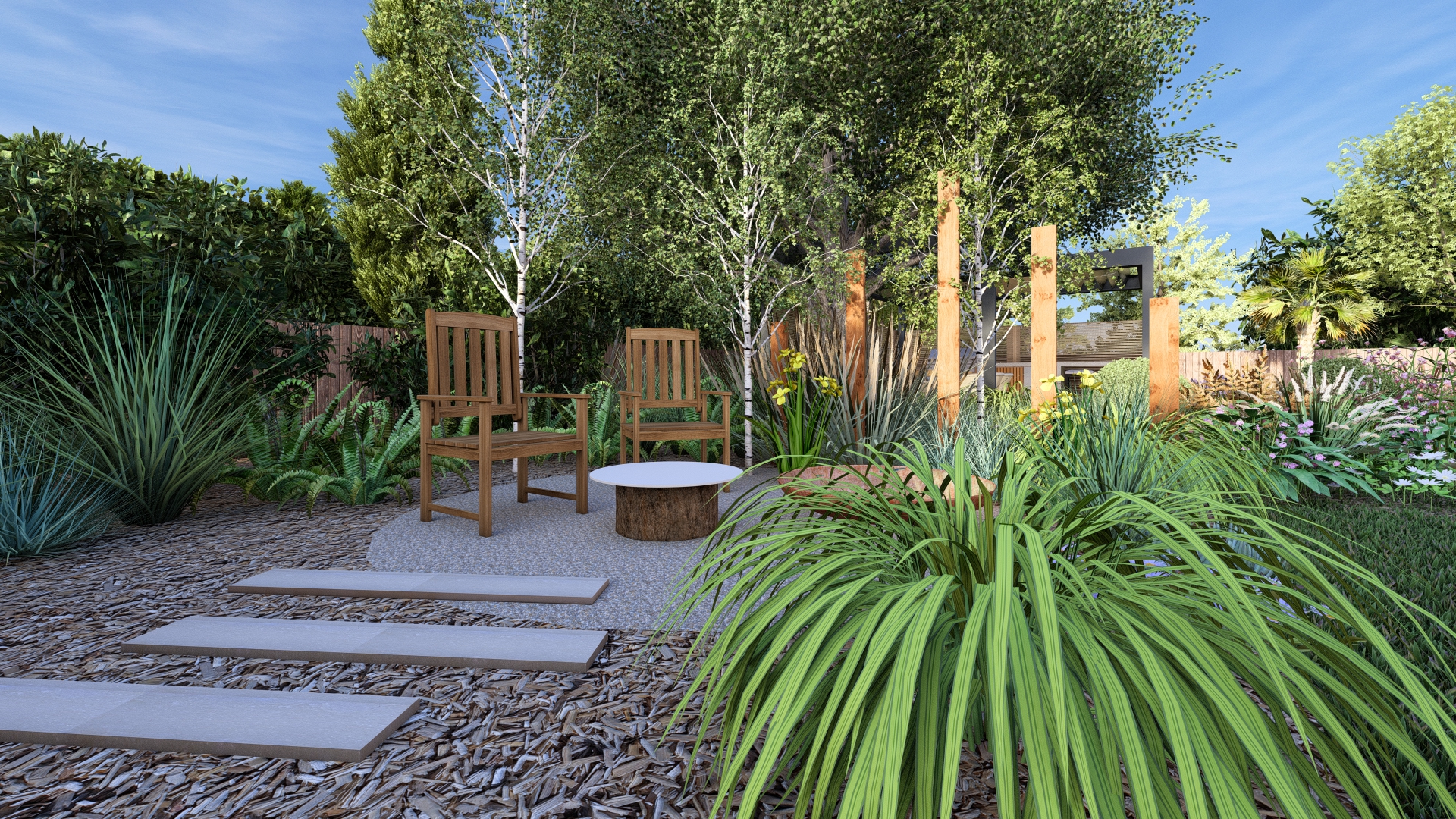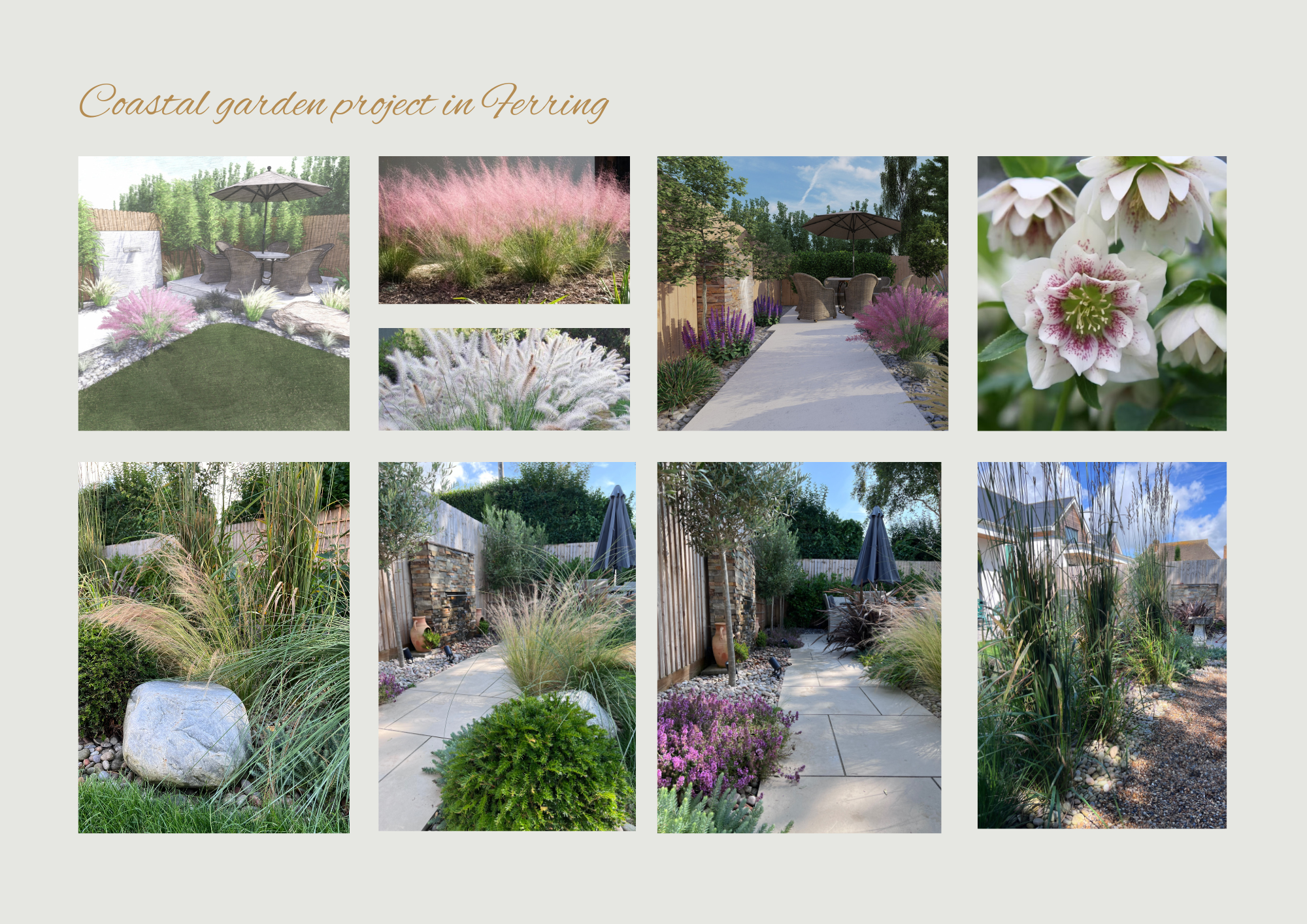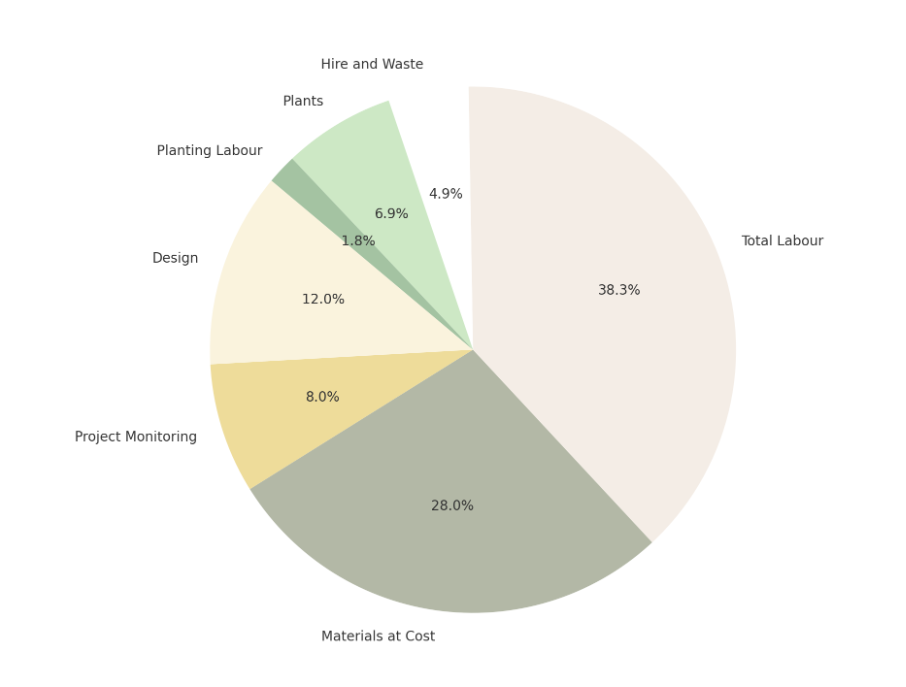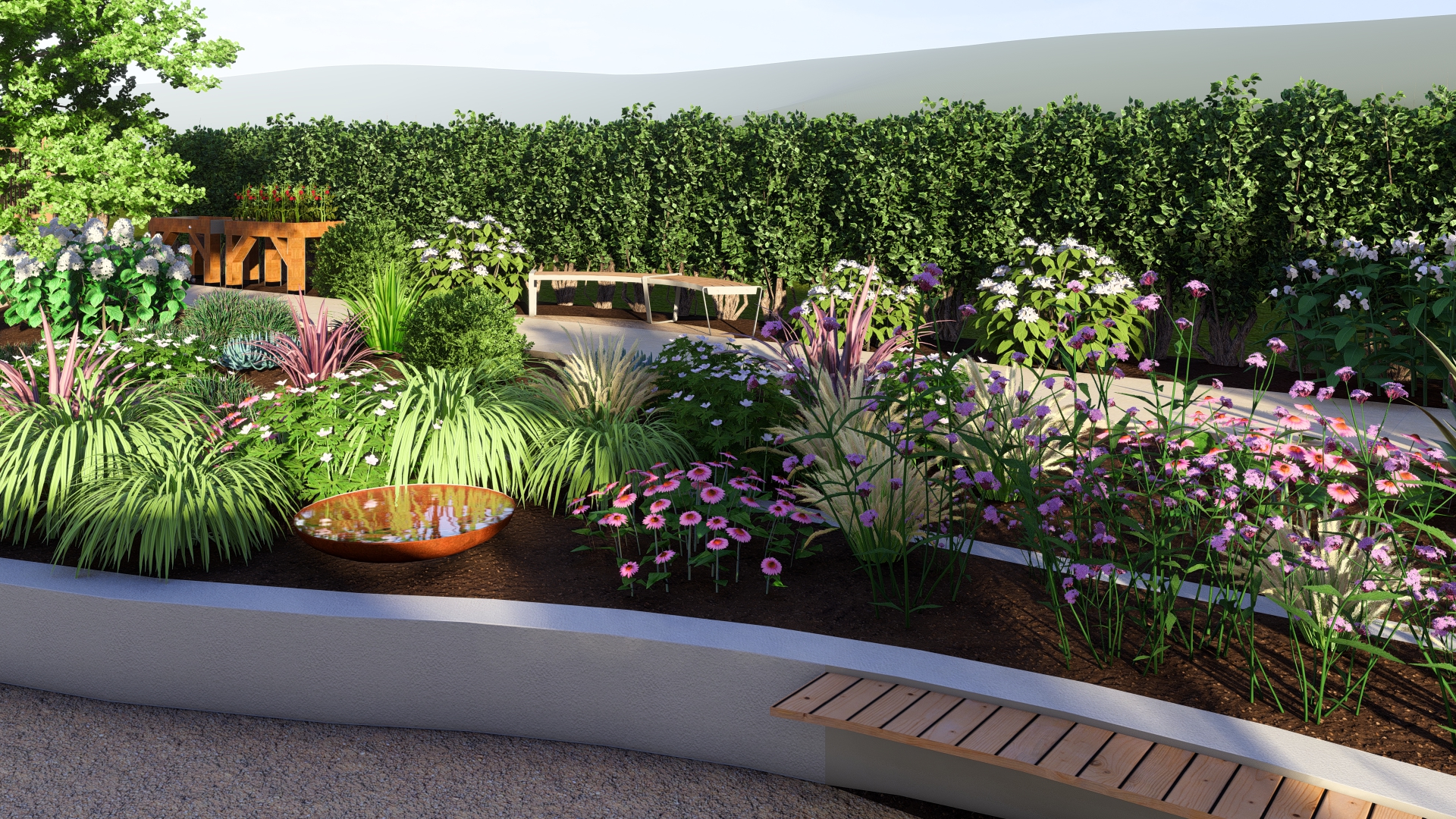The Art of Illumination: How to create a stunning outdoor lighting scheme in 2025
As the days draw in and the nights grow longer, our gardens and outdoor spaces take on a new, dramatic dimension. No longer are they just a sun-soaked retreat; they become a canvas for light and shadow, a nocturnal extension of our homes. In 2025, outdoor lighting has evolved far beyond simple security lights. It’s a crucial element of design, an investment in safety, and a powerful tool for creating a truly magical atmosphere.
A well-designed lighting scheme can completely transform a garden. It can highlight a magnificent specimen tree, make a simple pathway feel enchanting, and turn a patio into an inviting outdoor room for entertaining. But to achieve a truly stunning result, lighting must be considered as a core part of the design process, not an afterthought. It’s about more than just placing lights; it’s about painting with light.
So, what does it take to create a brilliant lighting scheme in 2025? Here are the key principles and latest trends to help you design a space that shines.
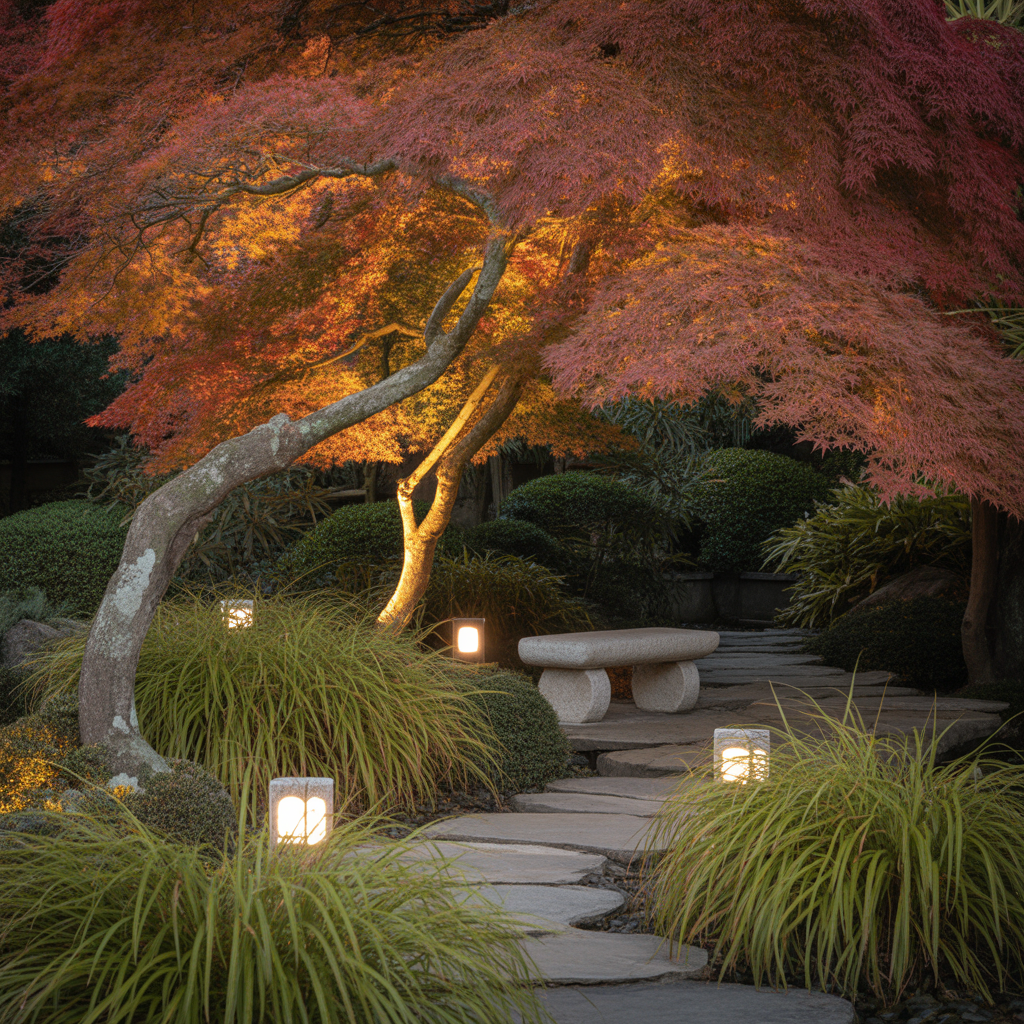
1. The Power of a Lighting Plan: It’s All in the Strategy
Before you buy a single light fitting, the most important step is to create a detailed lighting plan. Think of your garden at night and consider how you want it to feel. Is it a place for quiet contemplation or lively entertaining? Do you want to highlight key architectural features of your home or bring focus to a beautiful water feature? A plan ensures every light has a purpose.
A professional lighting plan takes into account the different “zones” of your garden:
- The Welcome Zone: This includes your front door, driveway, and primary pathways. Lighting here is both functional and aesthetic, ensuring safety and creating a welcoming first impression.
- The Entertainment Zone: This covers patios, dining areas, and any spaces used for social gatherings. Lighting here should be flexible, often with dimmable options, to create ambiance.
- The Sanctuary Zone: This is where you might have a quiet seating area, a secluded bench, or a beautiful feature you wish to enjoy from indoors. Lighting in this zone is about mood, drama, and subtlety.
A well-executed plan prevents common mistakes like “runway lighting” where paths are overlit with uniform lights, or a “spaceship landing” effect from too many bright spotlights. It ensures a cohesive, layered look that feels intentional and elegant.
2. Layers of Light: Creating Depth and Drama
The key to a truly beautiful lighting scheme is layering. Just as you use ambient, task, and accent lighting indoors, the same principles apply to the garden.
- Ambient Light: This is the soft, general illumination that provides a baseline of light. Think about a gentle wash of light across a patio or a soft glow from a downlight on a wall. It allows for safe movement without creating harsh shadows. In 2025, there’s a move towards warmer colour temperatures (around 2700K to 3000K) to create a more relaxed and inviting feel.
- Task Light: This is for specific activities, like a barbecue area or steps. Here, the focus is on functionality and safety. Recessed step lights or a focused spot on a grill area ensure you can see what you’re doing. This type of lighting is practical but can also be designed to blend seamlessly into the landscape.
- Accent Light: This is where you bring the drama. Accent lighting is used to highlight specific features, such as a beautiful tree, a sculpture, or the unique texture of a stone wall. Techniques like uplighting (from below), downlighting (from above, often called “moonlighting”), and cross-lighting are used to draw the eye to your garden’s star attractions.
By combining these layers, you create depth and visual interest, ensuring your garden is a multi-dimensional space after dark.
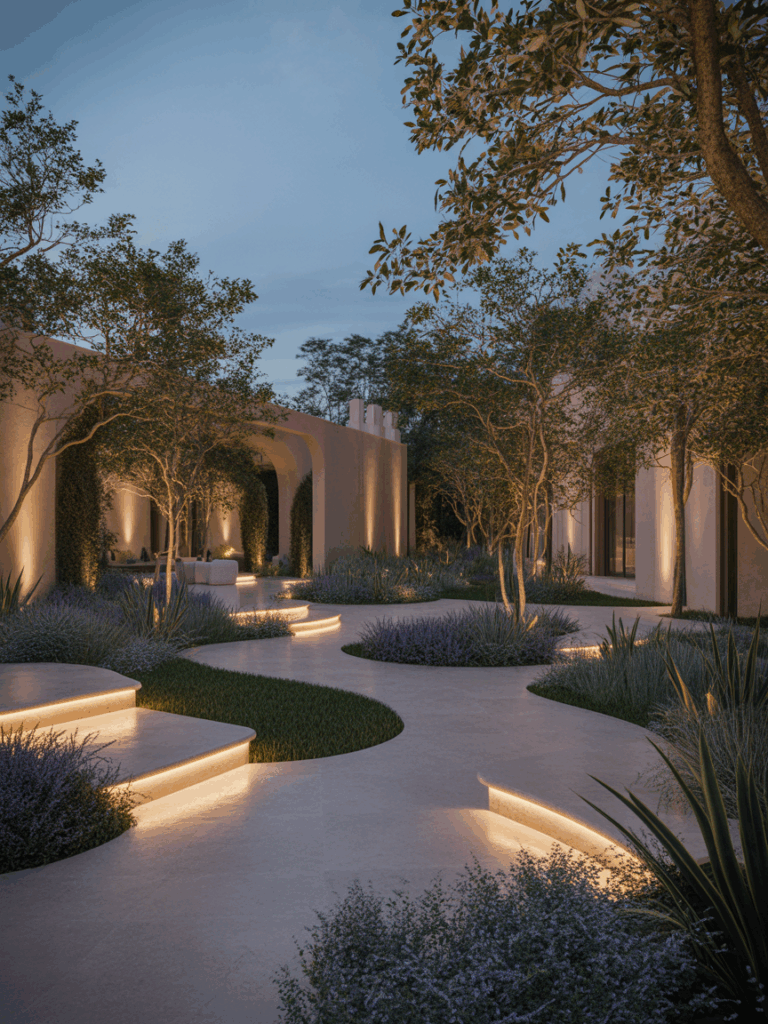
3. Key Outdoor Lighting Trends for 2025
The world of outdoor lighting is constantly evolving, with new technologies and design philosophies emerging. Here’s what’s on-trend this year:
- The Rise of Moonlighting: This is a stunning effect created by placing a light fixture high up in a tree and directing the beam downwards. The light filters through the branches and leaves, casting a soft, dappled pattern on the ground below, just like a full moon. It’s subtle, natural, and incredibly magical. It also has the added benefit of being kinder to nocturnal wildlife, as the light is directed downwards.
- Integrated and Minimalist Fixtures: In 2025, the trend is for the light source to be seen, not the fixture. Lights are becoming more minimalist and integrated into the design. Think sleek, linear lights hidden under steps, subtle spike lights that disappear into planting beds, and low-profile fittings that are part of the architecture itself. The focus is on the effect of the light, not the object producing it.
- Smart and Sustainable Solutions: Smart lighting systems are no longer a luxury—they are a core part of modern garden design. From simple timers to full-control apps that allow you to change the colour, brightness, and schedule of every light in your garden, the possibilities for personalisation are endless. Paired with energy-efficient LED technology, which uses a fraction of the electricity of traditional bulbs, smart lighting is both a practical and sustainable choice.
- Biophilic and Natural Forms: Reflecting the broader trend of bringing the outdoors in, 2025 sees a move towards lighting fixtures that use natural materials like rattan, bamboo, and weathered metals. These designs soften the line between the natural and the man-made, adding an organic, rustic elegance to your outdoor space.
4. A Deeper Responsibility: Dark Sky-Friendly Lighting
As we embrace the beauty of outdoor lighting, there’s a growing awareness of our environmental responsibility, particularly in areas designated as “Dark Sky” reserves. Locations like the South Downs National Park in the UK, or the Brecon Beacons, are officially recognised for their low levels of light pollution, offering breathtaking views of the stars. If you live in or near a designated Dark Sky area, your lighting choices have a significant impact on local ecosystems and the health of the night sky.
Designing for these areas isn’t about eliminating light—it’s about using it with intention and respect. Here are the principles of Dark Sky-friendly lighting:
- Downlighting is Key: The most crucial principle is to direct all light downwards. Shielded fixtures and downlights prevent light from spilling upwards into the sky, which is the primary cause of “skyglow.” This also ensures the light is focused where it’s needed, improving visibility on the ground without creating glare.
- Warm Colour Temperatures: Choose lights with a warm colour temperature of 3000K or less. Lights with a high blue light component (above 3000K) are more disruptive to nocturnal wildlife, including bats and moths, and contribute more significantly to light pollution. Warmer, amber-toned light is gentler and more natural.
- Control and Timers: Use smart controls, motion sensors, and timers to ensure lights are only on when needed. This is one of the easiest and most effective ways to reduce light pollution. Rather than leaving lights on all night, a path light with a motion sensor provides safety only when someone is using it.
- Minimum Lumens: Opt for the minimum brightness (lumens) required for the task. Multiple, lower-power lights are always better than one single, blindingly bright floodlight. This creates a softer, more layered effect while being far more respectful to the environment.
By adopting a Dark Sky-friendly approach, you not only protect the night sky but also create a more beautiful, subtle, and sophisticated lighting scheme for your own garden.
5. Beyond the Lights: The Importance of a Professional
While the world of DIY lighting has made great strides, the difference between a good lighting scheme and a truly transformative one often comes down to professional expertise. A specialist understands the nuances of light and shadow, the technical requirements for a safe installation, and how different fixture types can achieve a specific emotional response.
A professional designer can ensure:
- Correct Placement: Knowing where to place a light to achieve the desired effect without creating glare or “hot spots” is a skill. A professional ensures that every light works in harmony.
- Quality Fixtures: The fixtures you see in a professional plan are built to withstand the elements, ensuring durability and longevity.
- Safety and Regulations: Outdoor lighting involves low-voltage transformers and cabling that must be installed correctly and safely. A professional ensures all work is compliant with safety regulations.
This is where a service like Studio Hummingbird truly shines. Every one of our professional garden designs comes with a comprehensive lighting plan. We believe that an outdoor space is incomplete without a thoughtful lighting scheme. Our designs consider how your garden will look not only during the day, but also at night, ensuring a seamless transition and maximising the hours you can enjoy your sanctuary. We work with you to understand your vision and translate it into a beautiful, practical, and functional plan.
Our outdoor lighting experts at Nicholas Electrical have been installing outdoor garden lighting for many years now and it serves as many things. People have a misconception that garden lighting is just for the summer months but it really helps you to enjoy your garden in those darker months too when we feel we don’t really access our gardens. You garden can really become a stunning extension to your home. So invest wisely. At Nicholas Electrical they only install robust garden lighting to stand up to the great British weather. As professional electrical lighting installers, they’ve worked on countless garden lighting projects across Sussex, Surrey and Kent and one thing’s for sure: well-planned lighting can completely transform a space. Here’s what they’ve learned about getting it right.
‘Get a good plan first, with key features – paths, patios, trees, flowerbeds and architectural elements. We have completed lots of gardens recently with beautiful tree ferns and the lighting scheme has really enhanced them. Good lighting design balances functionality and atmosphere and of course safety – you need a well lit path if you are literally ‘going up the garden path’ especially in those winter months. With Victoria at Studio Hummingbird we can work with you and her to come up with a great plan for the lighting and to suit your budget and get the best out of those well chosen plants through the design. Nicholas Electrical are NICEIC registered installers we use SWA (armoured cable) for durability and protection against the elements and inquisitive pets! We are installing more and more Smart lighting so you can control brightness and colour, and timers directly from your phone. This too helps with seasonality and smart lighting is convenient, saves energy and creates ambience and you don’t even have to go outside. Garden Lighting isn’t just about visibility its about creating atmosphere, safety and beauty that lasts. So whether you’re looking to light a small patio or a full landscaped garden, the right design and of course designer and the right installation by fully qualified and knowledgeable experienced Electricians.’

